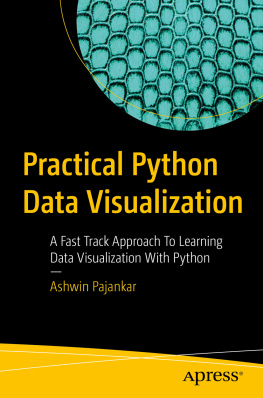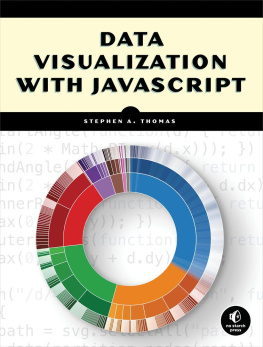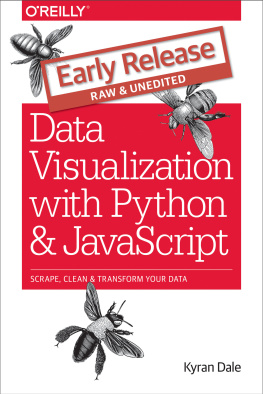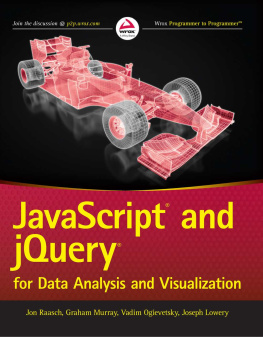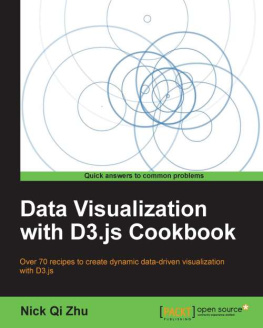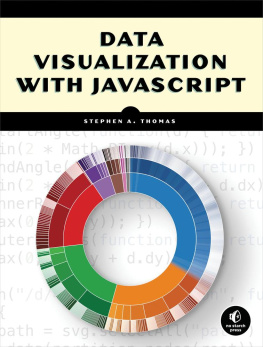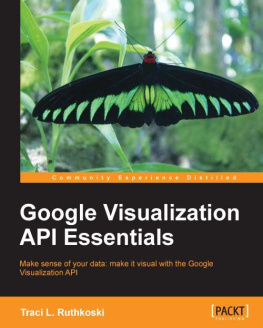Support files, eBooks, discount offers and more
You might want to visit www.PacktPub.com for support files and downloads related to your book.
Did you know that Packt offers eBook versions of every book published, with PDF and ePub files available? You can upgrade to the eBook version at > for more details.
At www.PacktPub.com, you can also read a collection of free technical articles, sign up for a range of free newsletters and receive exclusive discounts and offers on Packt books and eBooks.
http://PacktLib.PacktPub.com
Do you need instant solutions to your IT questions? PacktLib is Packt's online digital book library. Here, you can access, read and search across Packt's entire library of books.
Why Subscribe?
- Fully searchable across every book published by Packt
- Copy and paste, print and bookmark content
- On demand and accessible via web browser
Free Access for Packt account holders
If you have an account with Packt at www.PacktPub.com, you can use this to access PacktLib today and view nine entirely free books. Simply use your login credentials for immediate access.
Preface
I am very pleased to have had an opportunity to write this book on Circos. It is a wonderful program that is innovative and applicable to many fields. Oddly, my first experience with Circos, after seeing an article on the cover of a 2007 American Scientist magazine, was to dismiss the diagrams as they were too complex. Yet, I found them to be beautiful and fascinating. I reflected on how the diagrams could be used to tell a story. Several months later I found myself using the program for a project, Visualizing Transitions into the Workforce. The response was outstanding! Lay readers became engaged in the diagram, both understanding the story and asking sophisticated questions. As with any data visualization project, Circos' diagrams were able to engage readers and convey an important story.
The goal of this book is twofold. First, I wanted the book to be accessible to all users who have an interest in displaying data and relationships to a broad audience. In my experience, many usersparticularly those using Windowsbecome frustrated when trying to install and create their first diagram.
Secondly, I want to show how Circos can be used in the social sciences even though the program's roots are in Bioinformatics, specifically Genetics. It is a powerful tool for social sciences, including Political Science, Economics, Education, and other fields.
I hope you enjoy this book and Circos.
What this book covers
Installing Circos on Windows 7 (Must know) , explains one of the most challenging aspects of Circos, which is to install and run on the Windows operating system. We will walk through the installation process by showing each step. The recipe also highlights how each step is necessary to create the Circos diagram, and discusses common issues and solutions typically seen during installation.
Installing Circos on Linux or Mac OS (Must know) , discusses each step needed to install Circos on a Linux or Mac OS X operating system. Despite the variety of Linux operating systems, the recipe demonstrates the installation process solely through commands in the Terminal window. It highlights issues typically faced during installation for Linux users, and their solutions, just like the previous recipe does for Windows users.
Creating the first Circos diagram (Must know) , shows you how to create a basic diagram in Circos after installation, to show the basic relationships with ribbons. This recipe also shows you how to transform survey data in a proper format to be used for Circos. It discusses each step needed to create a new visualization.
Customizing Circos layout (Should know) , discusses how to adjust which data to plot, adding and customizing labels, and adding tick marks. The appearance of a Circos diagram is highly customizable. As an example, this recipe uses political contributions from each U.S. State to trace and investigate the patterns.



